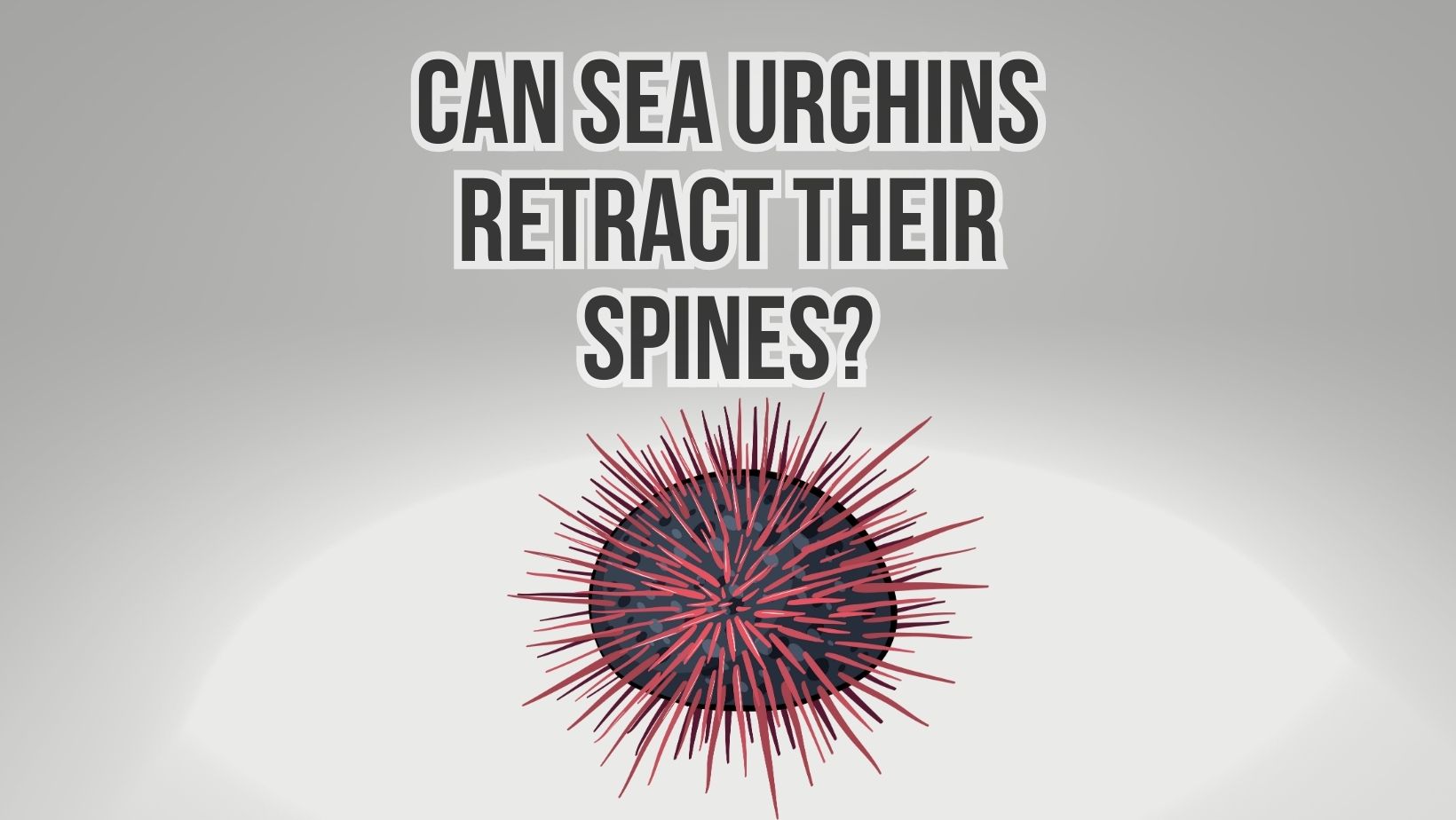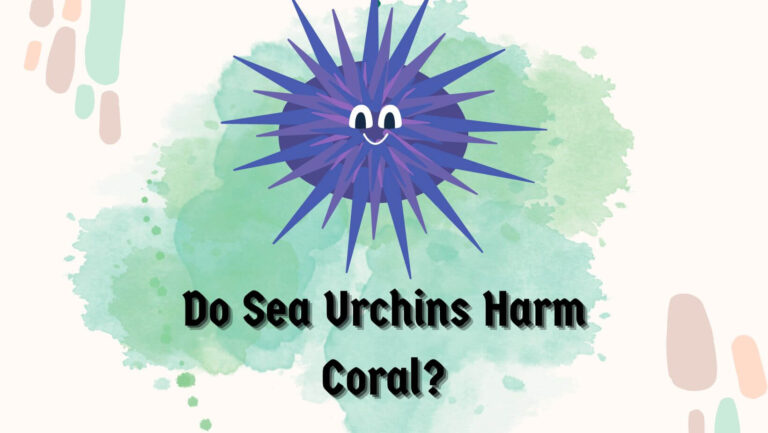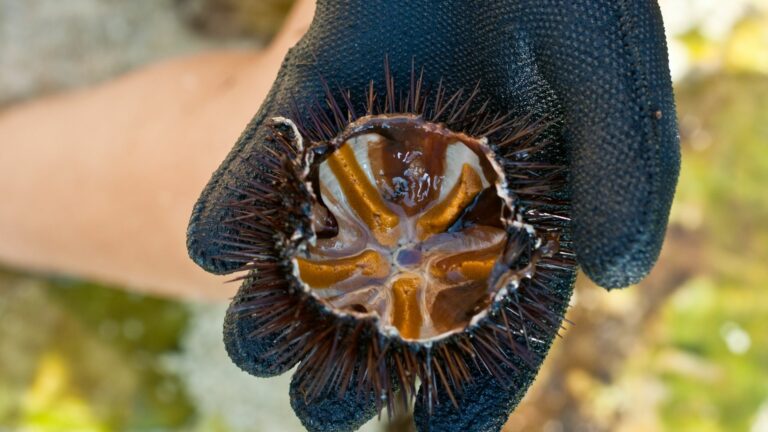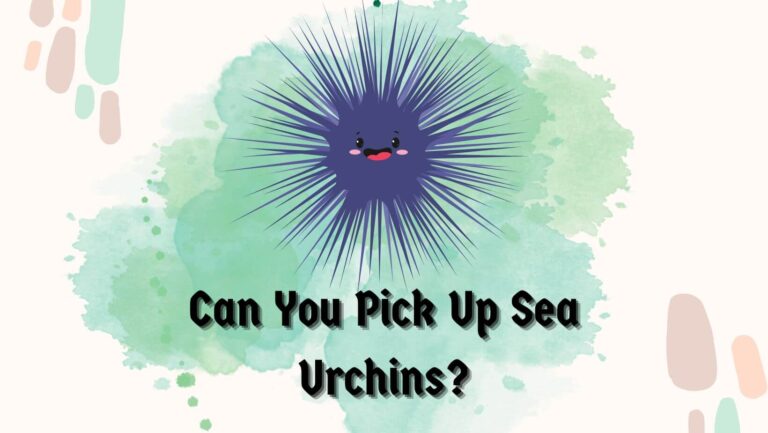
Sea urchins, fascinating creatures found in oceans worldwide, boast a unique defense mechanism—spine retraction. These echinoderms exhibit an intricate anatomy and possess an impressive ability to retract their spines when faced with potential threats. In this article, we will explore the mechanism and anatomy behind sea urchins’ spine retraction, uncovering the wonders of this remarkable adaptation.
Sea urchins, belonging to the phylum Echinodermata, are marine invertebrates renowned for their spherical bodies covered in sharp, needle-like spines. While the spines may seem rigid and immobile, sea urchins possess the ability to retract them, which serves various purposes, including protection, mobility, and predation.
Before delving into the specifics of spine retraction, let’s understand the basics of sea urchins. Sea urchins are ancient creatures that have inhabited the oceans for millions of years. They belong to the class Echinoidea, which encompasses a diverse range of species. These intriguing animals exhibit radial symmetry, with their bodies divided into five distinct sections.
Anatomy of Sea Urchins
To comprehend how sea urchins retract their spines, it is essential to grasp their anatomy. A typical sea urchin comprises a central body called the test, which is covered in protective plates known as ossicles. The spines, which are extensions of the ossicles, arise from the surface of the test, providing the sea urchin with its characteristic appearance.
Spines of Sea Urchins
The spines of sea urchins serve various purposes. They aid in locomotion, enabling sea urchins to navigate across different substrates. Additionally, the spines act as a defense mechanism, deterring potential predators from attacking the sea urchin. However, it is the remarkable ability of these spines to retract that truly sets sea urchins apart.
Mechanism of Spine Retraction In Sea Urchins
The mechanism behind spine retraction in sea urchins is a fascinating process that involves a combination of muscular contractions, ligaments, and connective tissues working in harmony. When a sea urchin senses a potential threat or disturbance, it initiates a series of actions that lead to the retraction of its spines.
At the base of each spine, there are specialized muscles called abductor and adductor muscles. These muscles play a crucial role in the spine retraction process. When the sea urchin perceives danger, the abductor muscles contract, pulling the spine inward towards the body. Simultaneously, the adductor muscles relax, allowing the spine to retract further.
The coordination between the abductor and adductor muscles enables sea urchins to adjust the degree of spine retraction based on the level of perceived threat. For minor disturbances, the spines may only partially retract, while in the face of imminent danger, the sea urchin can retract its spines completely, creating a more compact and protected body shape.
The control and sensory system of sea urchins also play a vital role in spine retraction. Nerves extend throughout their bodies, connecting to specialized sensory cells near the surface. These sensory cells enable sea urchins to detect external stimuli such as touch or changes in water currents. When these sensory cells are stimulated, they send signals to the muscles, triggering the contraction of the abductor muscles and the relaxation of the adductor muscles, leading to spine retraction.
It is worth noting that the process of spine retraction in sea urchins is rapid and efficient. Within a fraction of a second, the sea urchin can retract its spines, protecting itself from potential harm. This remarkable adaptation has allowed sea urchins to thrive in diverse marine environments and defend themselves against predators.
Muscles Involved in Spine Retraction
Several muscles contribute to the retraction of sea urchin spines. The primary muscles responsible for this action are called abductor and adductor muscles.
Spine retraction in sea urchins is made possible by the coordinated action of several specialized muscles. These muscles work together to facilitate the movement and control of the spines, allowing sea urchins to retract them when necessary.
The primary muscles responsible for spine retraction are the abductor and adductor muscles. These muscles are located at the base of each spine and play a crucial role in the retraction process.
The abductor muscles are responsible for pulling the spine inward towards the sea urchin’s body. When these muscles contract, they exert a force that retracts the spine, pulling it closer to the protective surface of the sea urchin’s body.
On the other hand, the adductor muscles play a complementary role. These muscles relax when the sea urchin initiates spine retraction, allowing the spine to retract further. By relaxing the adductor muscles, the sea urchin can achieve a greater degree of spine retraction.
The coordination between the abductor and adductor muscles is key to the precise control of spine retraction. By adjusting the contraction and relaxation of these muscles, sea urchins can regulate the extent to which their spines retract. This adaptive mechanism allows them to respond effectively to different levels of threat or disturbance.
Control and Sensory System
To execute precise spine retraction, sea urchins rely on a sophisticated control and sensory system. Nerves extend throughout their bodies, connecting to specialized sensory cells located near the surface. These sensory cells enable sea urchins to detect external stimuli, such as changes in water currents or the presence of predators, triggering the initiation of spine retraction.
Protective Function of Spine Retraction
Spine retraction serves as a crucial defense mechanism for sea urchins. When threatened, they can quickly withdraw their spines, reducing the chances of physical harm. This defense strategy is particularly effective against potential predators, as the retracted spines present a significantly less appealing target compared to the fully extended, sharp spines.
Adaptations and Variations
Sea urchins exhibit a remarkable range of adaptations and variations in their spine retraction mechanisms. Some species can retract their spines completely, while others may only partially retract them. The length and thickness of the spines also vary among different species, allowing for adaptations to specific ecological niches and environmental conditions.
Significance of Spine Retraction
The ability to retract their spines provides sea urchins with several advantages. Apart from defense, spine retraction enables sea urchins to squeeze into crevices, seeking shelter from turbulent currents or predators. It also aids in maintaining a streamlined body shape, reducing drag and facilitating movement through water.
Challenges and Risks
While spine retraction offers significant advantages, there are also challenges and risks associated with this adaptation. Retracted spines may become entangled in debris or other sea urchins, hindering their mobility. Furthermore, the process of spine retraction requires energy expenditure, potentially limiting the sea urchin’s ability to sustain this defensive mechanism for extended periods.
Studying Spine Retraction in Sea Urchins
Researchers have dedicated considerable efforts to understanding the intricacies of spine retraction in sea urchins. By conducting experiments, observing behavior, and employing advanced imaging techniques, scientists aim to unravel the mysteries of this remarkable adaptation. Insights gained from studying sea urchins may contribute to advancements in fields such as biomimetics and robotics.
Conclusion
In conclusion, the mechanism of spine retraction in sea urchins involves a complex interplay of muscles, ligaments, and sensory systems. This adaptation allows sea urchins to quickly retract their spines in response to threats, providing them with a defense mechanism that enhances their chances of survival in the dynamic and sometimes perilous underwater world.
Sea urchins’ ability to retract their spines is a captivating feature, demonstrating the incredible adaptations nature has bestowed upon these marine creatures. Through a complex interplay of muscles, control systems, and sensory mechanisms, sea urchins employ spine retraction as a defense mechanism, aiding their survival in challenging marine environments.
Frequently Asked Questions
- Can sea urchins retract their spines completely? Sea urchins have varying degrees of spine retraction, with some species capable of retracting their spines completely.
- Do all sea urchins have retractable spines? Yes, all sea urchins possess the ability to retract their spines to some extent.
- How quickly can sea urchins retract their spines? Sea urchins can retract their spines within a fraction of a second when faced with potential threats.
- Are there any risks associated with spine retraction in sea urchins? Yes, while spine retraction offers advantages, entanglement and energy expenditure pose potential risks to sea urchins.
- What can researchers learn from studying sea urchins’ spine retraction? Studying sea urchins’ spine retraction can provide insights into biomimetics, robotics, and understanding adaptive mechanisms in nature.






